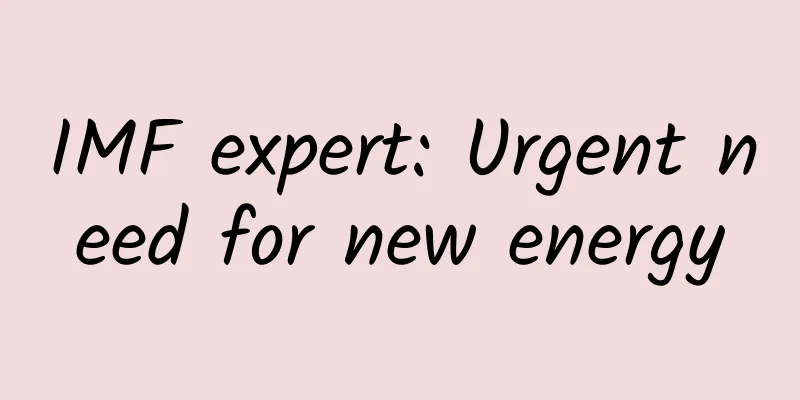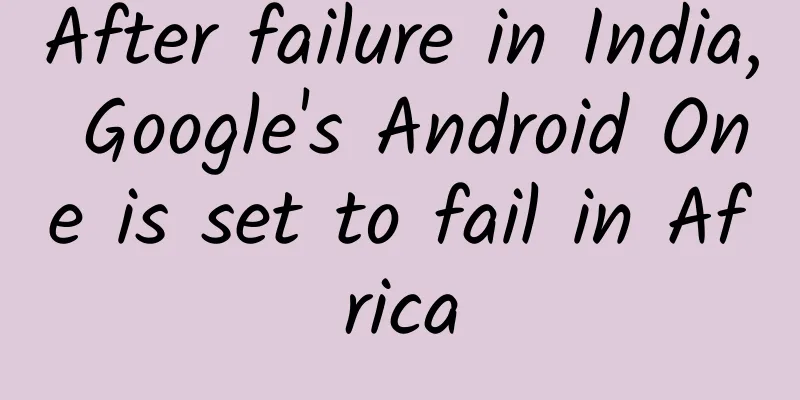IMF expert: Urgent need for new energy

|
The Russian-Ukrainian conflict highlights the dangers and opportunities of energy transition It is difficult to see opportunities in a crisis like the Russia-Ukraine conflict. We are still in a crisis - a crisis that is exacerbating the situation and may have long-term economic and political consequences. It is also clear that the talk of “ opportunity ” is a mixed blessing. Entrenched interests often benefit most from swift political measures that further preserve the status quo. When faced with high energy prices, many lawmakers are tempted to simply lower prices, but this approach is incorrect — it suppresses the incentive for high prices to reduce fossil fuel use. Affordable Energy A major difference between the current energy price surge and previous ones is that we have cheaply available alternative energy sources to replace the current (mostly fossil fuel) infrastructure. The International Energy Agency correctly stated in 2020 that “ for high-quality energy projects with low-cost financing, solar energy (photovoltaic energy) is currently the cheapest source of electricity in history ” . This is still true. Solar PV energy prices have risen over the past two years, giving rise to the term “ greenflation ” in financial terms. But in the big picture, “ fossilflation ” still dominates. The rise in fossil energy prices has outstripped the relatively small rise in solar PV prices, which has further reduced PV prices, both for capacity and for the actual electricity generated. Overall, system prices have fallen dramatically over the years, falling by half in a decade and by three quarters in 40 years. Of course, solar PV is not the only example. Importantly, the price of batteries and electric vehicles has also fallen rapidly, allowing for rapid adoption. In 2016 , BP's Energy Outlook predicted that by 2035 , there will be more than 70 million electric vehicles on the road worldwide. This number is now on track to be achieved by 2025 , 10 years faster than the previous forecast of 20 years . Of course, any such figure also shows how far there is still to go. The global photovoltaic market accounts for about 3% of the total energy market , while electric vehicles account for less than 2% . Even if the number of electric vehicles could reach 70 million, it would still be less than 6% of the current global total number of cars (about 1.2 billion) . Neither photovoltaic energy nor electric vehicles can play a big role in meeting the challenges posed by the current fossil fuel war. In terms of short-term measures, in order to wean the EU off its reliance on Russian oil and gas, the focus should be on reducing demand and finding alternatives to Russian energy. This means increasing oil and gas production in other regions. It also means taking short-term measures such as avoiding Germany's exit from nuclear power in December 2022 and making other difficult compromises, such as increasing Europe's coal power generation in the short term. ( Ironically , a large part of the coal used by the EU also comes from Russia, which makes the challenge more severe.) Assessing Risk The current conflicts, and the world’s response, also reveal a more fundamental problem: the limited ability of economic analysis, and energy policy analysis more broadly, to help policymakers make decisions that will help us address the many crises we face — especially the overlapping ones. First, before the Russo-Ukrainian conflict, no serious analysis had ever envisioned a complete Russian gas cutoff to the EU. It was considered impossible for the EU to deliberately stop importing gas from Russia. For example, the European Network of Gas Transmission System Operators ( ENTSOG ), which is responsible for stress testing Europe’s gas network, never even considered this possibility. In its latest stress test, ENTSOG envisioned the consequences of Russia stopping gas supplies via Belarus or Ukraine. It never considered a complete Russian gas cutoff. They considered this scenario to be either too unimaginable or too radical, making the stress test appear wrong. Under this assumption, the system would be too stressed. The economic models used at the time were also limited. An analysis widely cited by ECB economists had the intriguing title “ Gas Dependence and Risks to Eurozone Economic Activity ” . Its main conclusion: A 10% gas supply shock would reduce eurozone GDP by 0.7% . Which sectors would be hit hardest? Electricity, gas, steam, air conditioning supply – the sectors most dependent on gas as a direct input. Output in these sectors would also fall by nearly 10% under a 10% gas supply shock . At first glance, this conclusion makes sense, and the research method relies on standard and well-established input-output methods. But the problem is that the analysis is static, which leads to a status quo bias. Benefits and costs Heat pump heating technology represents one of the most promising low-carbon technologies. It can replace oil and gas furnaces and is much more efficient. In fact, heat pump heating technology is so efficient that even if all the electricity came from natural gas generation, the final carbon emissions would still be lower than burning natural gas directly in the domestic gas furnace. Heat pump heating is essentially air conditioning running in reverse. So why is the air conditioning sector suffering when there is less natural gas? The demand for heat pump heating will increase significantly, which is now evident across Europe, and supply chain congestion is exacerbating inflationary pressures. But this doesn’t mean that getting rid of Russian gas will bring an economic boom. On the contrary, the costs are real. Making the switch is hard. But costs also mean opportunities. The subtitle of McKinsey’s report on the net-zero transition offers hope – “ What will it cost? What will it bring? ” In short, the report’s analysis shows that it will cost the global economy about $ 25 trillion over the next 30 years to shift from its current path to a zero-carbon path by mid-century . From a social perspective, these investments will cover their own costs and earn benefits many times over, as the externalities caused by fossil fuel use are higher than the added GDP they bring. Policy is key, then. The bottom line is: A true transition to net-zero emissions will require both rapid deployment of new low-carbon technologies and more significant systemic change. |
Recommend
Foreign media: China's electric cars are actually very dirty
According to foreign media reports, China has mad...
“WeChat” or “Today”, which one has a better chance of becoming the “headline”?
[[126484]] At the Sogou Search Mobile 3.0 version...
Wudalianchi has two strings of native "Tanghulu"! If you don't believe it, take a look →
The Wudalianchi volcanic group is located in the ...
PNF Proprioceptive Neuromuscular Facilitation Technique Video Tutorial
Course Contents: 1. Introduction to PNF promotion...
How can educational and training institution stores build a private domain operation system?
The core of building a private domain for educati...
What happened to Trump's announcement that he would stop funding the World Health Organization? What is the specific situation?
At a critical moment, Trump said he would stop fu...
Is the oral irrigator useful? Is it just a waste of money?
As the saying goes, "Toothache is not a dise...
Bidding account hosting outsourcing, how can enterprises do bidding well and avoid detours?
How to choose a bidding hosting company? If the c...
Has the former overlord of the earth really been served on our dining table?
if The ancestor of chicken is dinosaur We brought...
Exploiting Bugs to Hide iOS7.1 Native Apps
Although iOS 7.1 has many native applications with...
A guide to marketing using the college entrance examination opportunity, please save it!
The annual college entrance examination is coming...
What is Google Dance
The Google Dance is a well-known but often misund...
On the second day of the first lunar month, welcome the son-in-law and bring good fortune. Do these 5 things and your home will be filled with joy!
The second day of the first lunar month is the da...
Sales of hemorrhoid cream tripled after the holidays! "Youth with hemorrhoids", look here: Is it effective to treat hemorrhoids with only ointment?
Author: Sun Yifei, Director of the Medical Educat...









